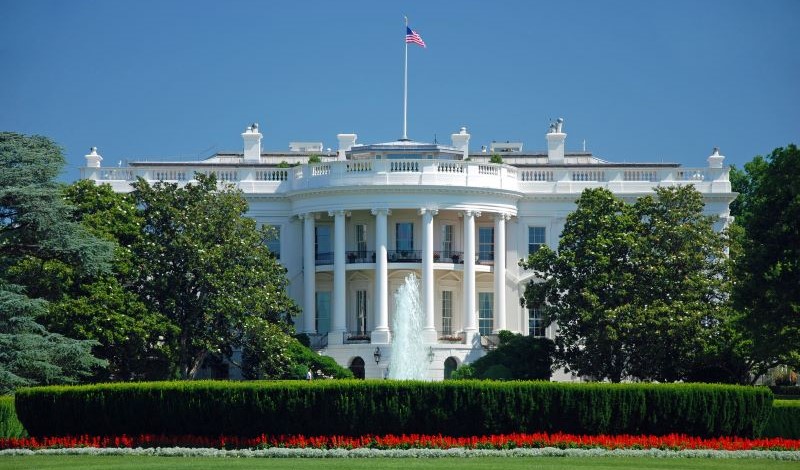
Biden Administration seeks feedback from the public on how to expand participation in the regulatory process.
On his very first day in office, President Joseph R. Biden signed an executive order which professed the goal of “advancing equity for all.”
Earlier this month, he followed through on his initial call for equity by signing another order aimed at modernizing regulatory review. Under this new executive order, agencies are required to reach out to underserved communities, consumers, workers, and labor organizations to “proactively engage interested or affected parties.”
The President’s recent executive order followed on the heels of several outreach efforts conducted by the Office of Information and Regulatory Affairs (OIRA)—the White House’s central authority for reviewing regulations. OIRA’s outreach efforts have sought to elicit ideas for expanding public engagement with federal rulemaking.
Last November, for example, OIRA held a public engagement session to hear directly from members of the public about how to improve equity in the regulatory process. Participants in that session shared their ideas about how to include as many people as possible in agency rulemaking.
Multiple participants in OIRA’s November session expressed frustration accessing regulatory information on federal government websites, especially on Regulations.gov. They pointed to insufficient search functionality as a barrier to the public accessibility of relevant information.
Participants noted that if agencies seek to engage people other than industry insiders, then making their websites more accessible and easier to navigate should be a top priority.
In addition, multiple participants at the November session suggested that agencies should develop more inclusive educational materials. They argued that outreach materials should be easy to read or understand and should be published in multiple languages.
Nearly one in five people in the United States speak a language other than English at home. As a result, translated material in different languages would help increase access to federal rulemakings, noted several session participants.
Some of these participants favored public education about how administrative rulemaking works and how the public can be involved. They reasoned that, if more people understood how they could have their voices heard, more people would speak up.
Multiple participants complained that the notice-and-comment rulemaking process does not currently provide for public engagement before proposed regulations are drafted. They emphasized that including people earlier in the process—through engagement sessions or written comments—would ensure the public’s voice could have a greater impact. They also predicted that including people earlier in the process would lead to less pushback against regulations and more informed agency decisions.
One notable complaint aired at OIRA’s listening session in November centered on the paucity of in-person engagement opportunities with agency officials. Even though online sessions allow people to participate from around the country, speakers emphasized the importance of in-person communication in making people feel that they have been heard. Some participants argued that convening both types of engagement sessions—in-person and online—would be a way to obtain the benefits presented by each form.
Another participant suggested that agencies should study the effectiveness of different types of engagement sessions. OIRA could then focus efforts on forms of outreach that have been demonstrated to be most beneficial in terms of raising overall engagement.
Some participants also expressed concerns about the times when public engagement sessions are scheduled. Sessions scheduled during normal business hours are not conducive for participation by anyone who has to work. One participant proposed a policy of holding evening sessions to increase engagement.
Participants in the November listening session emphasized multiple other ways to improve public engagement processes to obtain feedback from all Americans and increase equitable access to the federal rulemaking process.
Some participants, though, expressed concern about the absence of internal auditing that could ensure agencies’ compliance with adequate standards for soliciting public comment. Participants doubted that any improved standards for public engagement could be attained without some way of holding agencies accountable.
OIRA’s listening session in November was part of the federal government’s National Action Plan for Open Government aimed at building ideas that “advance transparency, accountability, and public participation across government.”
During the Obama Administration, OIRA produced the first action plan to advance President Obama’s goals of “fostering public and private accountability; providing people with information that they can readily find and use, often in their daily lives; and benefiting from the dispersed knowledge of the American people.”
Since the first plan, OIRA has published a new one every two to three years, tweaking the open government commitments and goals applicable to all administrative agencies. For this latest iteration, OIRA declared that the five phases of co-creation—outreach, shaping, drafting, reviewing, and finalization—would span from May to December 2022.
The final three phases, which stretched from September to December, included five virtual public engagement sessions. The November session on public participation in rulemaking was one of these five sessions.



